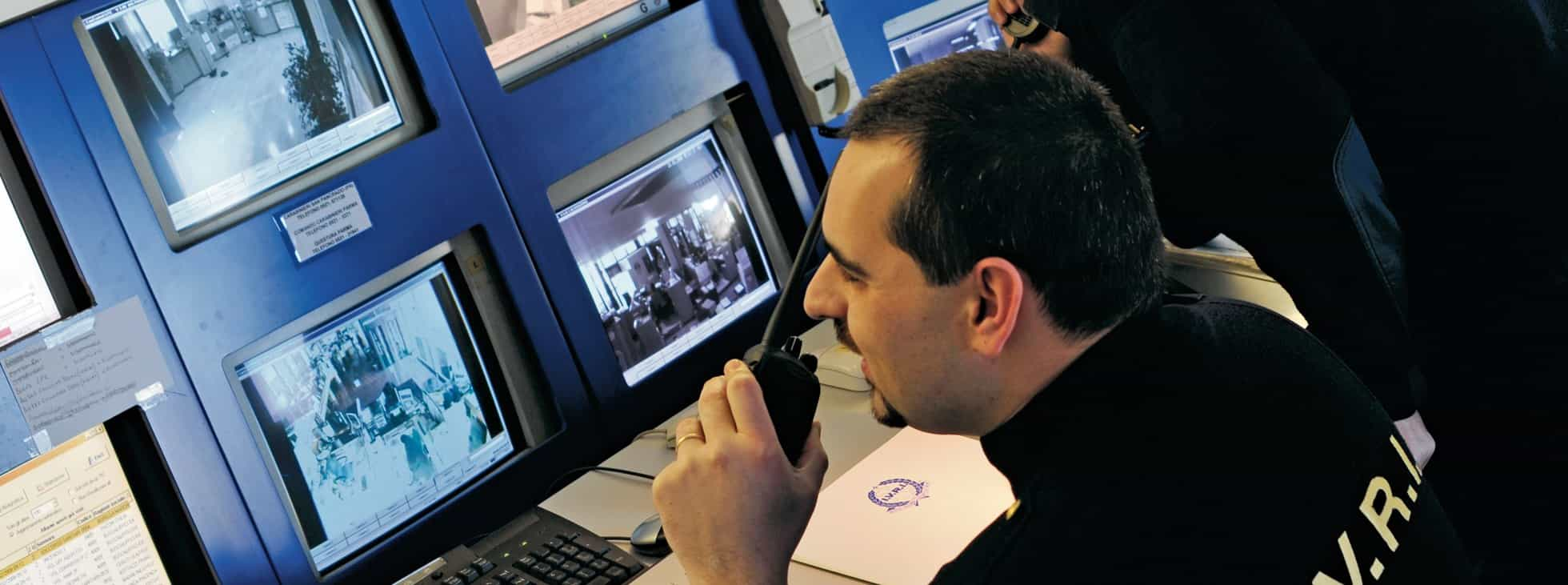
Understanding the jargon used in the world of radios and radio communications can be a daunting task. To help you navigate through this complex terminology, we have put together a handy guide that explains some of the key technical terms.
1. Battery Pack: All professional walkie-talkies come with a rechargeable battery pack. This detachable pack, located at the rear of the radio, can be charged either while attached to the radio or separately. This allows users to have spare batteries on charge, ready to be swapped for discharged ones without any delay.
2. Base Station: A base station refers to a radio used from a fixed location, typically powered by mains electricity and equipped with a permanent or semi-permanent antenna. Base stations are often more powerful than battery-powered walkie-talkies and have a longer range.
3. Charger: A charger is an electrical device used to recharge the battery pack of a walkie-talkie. It consists of a power transformer and a charging cradle where the radio is placed. For users with multiple walkie-talkies, multi-slot chargers are available to charge several radios simultaneously. The charging process usually takes 1-3 hours for a fully discharged battery.
4. CTCSS (Continuous Tone Controlled Squelch System): CTCSS is a method that optimizes the use of a radio channel. It involves setting a group of radios to transmit an inaudible tone with every transmission and receive only messages with the same tone set. This allows multiple groups of radio users to share the same channel without hearing messages intended for other groups. CTCSS codes are sometimes referred to as "privacy codes" or inaccurately as "sub-channels."
5. FCC (Federal Communications Commission): The FCC is a US government organization responsible for overseeing and controlling access to the radio airwaves. In the United Kingdom, a similar role is carried out by OFCOM.
6. FRS (Family Radio Service): FRS is a US government standard for short-range UHF walkie-talkies that can be used in the USA and Canada without any restriction or license requirement. FRS radios have 14 channels and operate on frequencies around 462 and 467MHz. The use of FRS radios in the UK and Europe is not legal, although it is not uncommon due to people purchasing American radios while on holiday or online, unaware of the legal issues involved.
In conclusion, understanding the technical terms used in radio communications is essential for effective communication. With this glossary, you can now navigate the world of radios with confidence and clarity.

